https://www.popphoto.com/uploads/2022/04/13/skyline.jpeg
Machine learning technology is used in many aspects of modern photography, from capturing difficult-to-take photos to speeding up sorting and editing. This week I want to focus on a targeted implementation that extends through the entire image editing process: translating and manipulating data in Raw files. Specifically, I'm looking at DxO PureRAW 2, which uses a technology called DeepPRIME to clarify and reduce noise on unedited data in Raw files to create better editable versions. This technology is also available in DxO PhotoLab 5, the company's photo-editing app.
raw processing process
First, let's go to the same page about preprocessing.
If your camera is set to shoot in JPEG or HEIC formats, the camera processor does a lot of work taking the light information captured by the sensor, interpreting it as luminosity and color values, and creating an image made up of color pixels. The image is also compressed to save storage space, so a large amount of image data is discarded.
When you shoot in the camera's Raw format, the file you save consists entirely of data captured by the image sensor. It includes not just the values from each pixel, but information about how the sensor handles digital noise, the characteristics of the lens used, and more. You also end up with larger image files because none of the data is deleted in the processing step.
At this point, this file is not an "image" at all. The data must be decrypted before it can be displayed as an image. (When you see the shot on the camera screen, you're actually looking at a JPEG preview.)
The first step is demosaicing, which interprets the color values produced by the filters patterned onto the camera's image sensor. Most cameras use sensors with Bayer filters, while Fujifilm cameras use sensors with X-Trans filters.
Image software's algorithms translate that data into pixels and then apply some other processing tweaks like noise reduction based on information in the Raw file to reduce digital noise such as that caused by shooting at high ISO values. At this point, the Raw file is ready for your edits to color, color, etc.
Programs like Adobe Lightroom or Capture One take over this process automatically, making it look like the Raw file has been opened as if you had just opened a JPEG file. Some applications use an intermediate step, such as when Adobe Photoshop opens Raw images first in the Adobe Camera Raw interface.
In DeepPrime
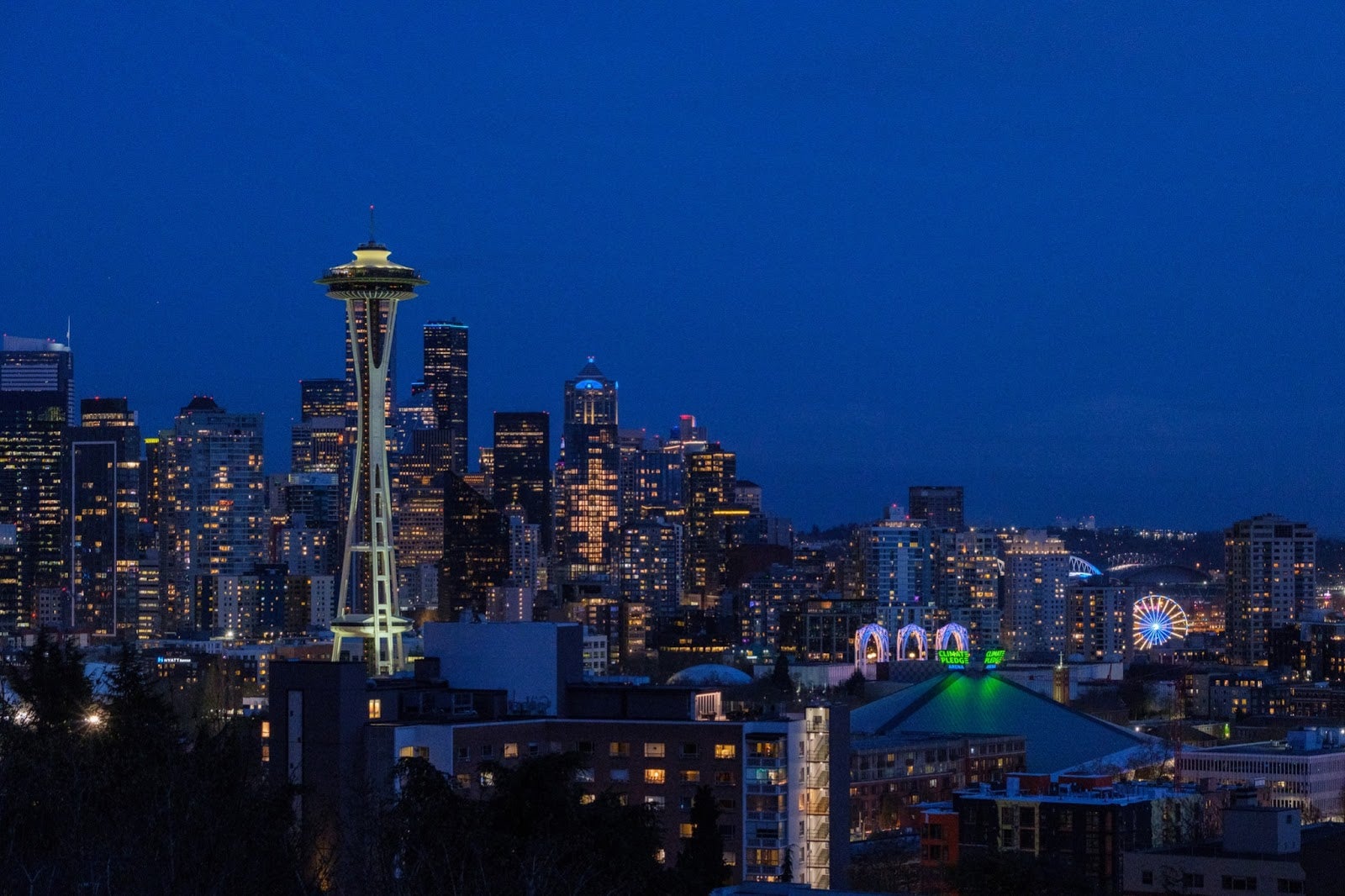
Related: The best photo editor for every photographer
That window between the raw data and the editable file is where DxO PureRAW 2 comes in. DeepPRIME technology uses machine learning to clarify data, reduce noise, and create a better image to work with. It is then pulled from DxO's extensive library of camera and lens profiles to apply optical corrections. (And honestly, DeepPRIME is just an awesomely cool name.)
In my testing, I see results in two specific areas: processing high-noise ISO images and working with Raw files from my Fujifilm X-T3, which are sometimes not provided by Lightroom conversion.
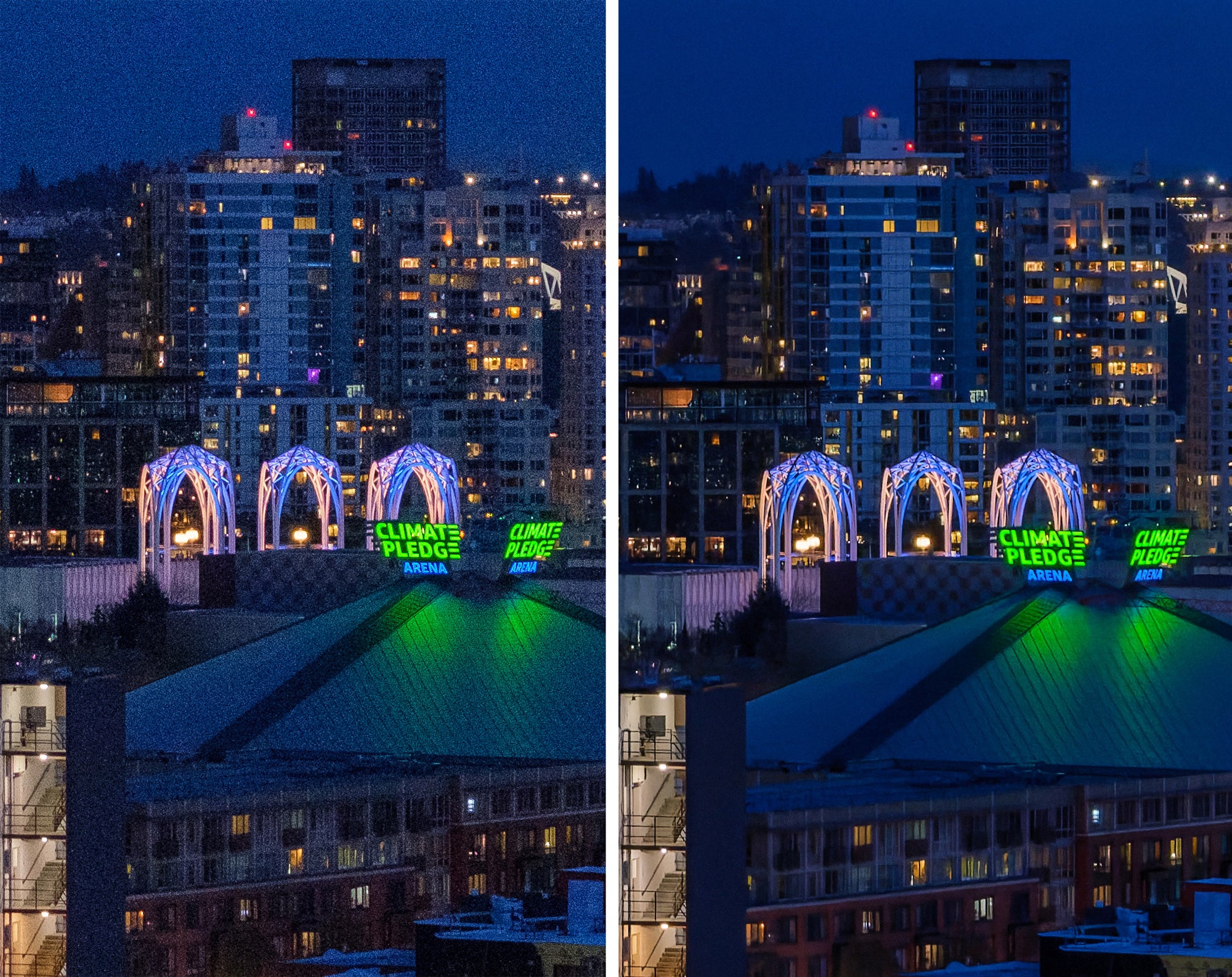
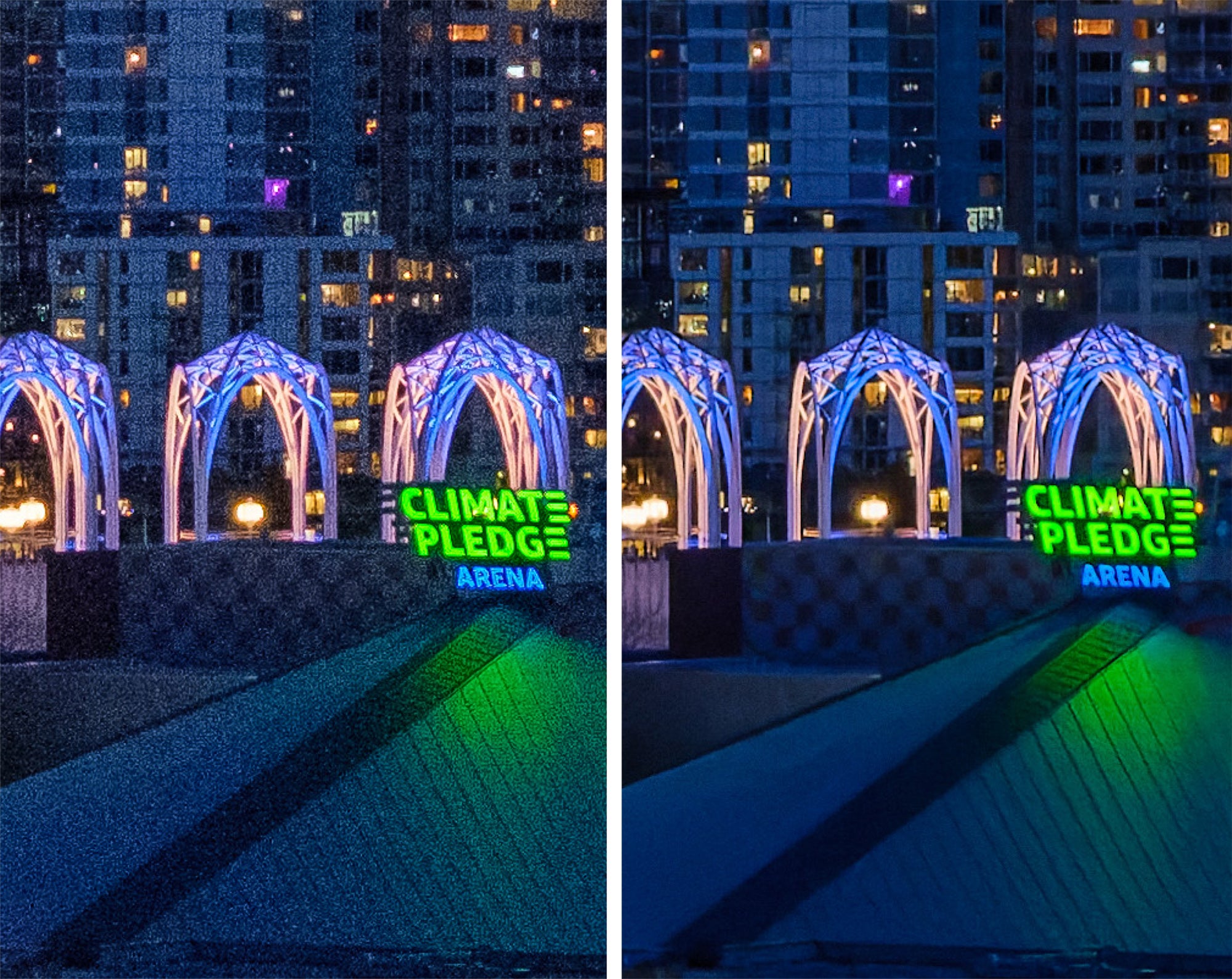
In this example of the Seattle skyline, photographed manually to ISO 3200, a Raw file processed by Lightroom Classic reveals noticeable noise. I only made changes to the exposure because the original was still too weak. The PureRAW processed image is cleaner and reveals only some noise reduction when viewed at 200% magnification.
Another noisy example
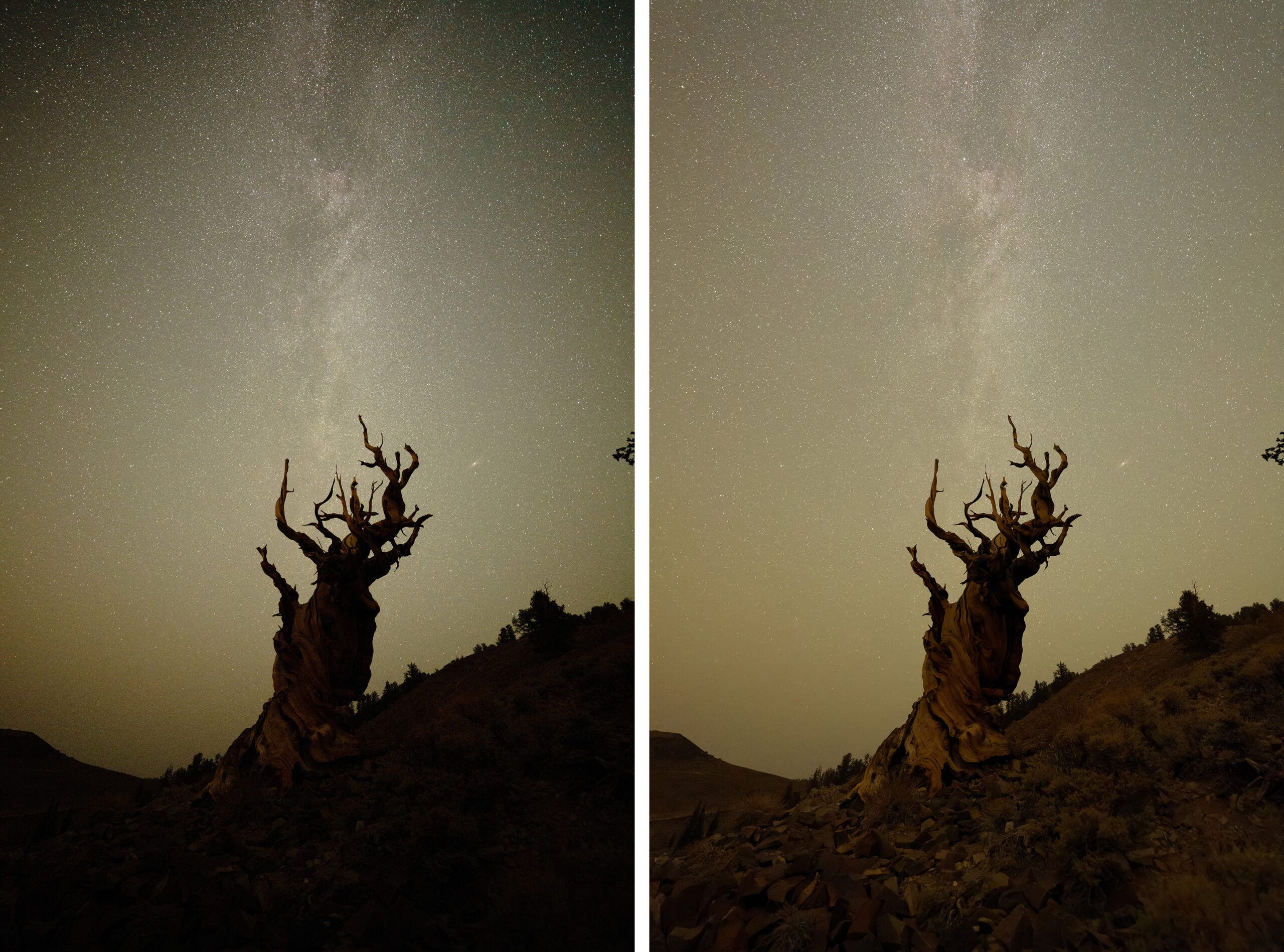
For example, this Bristlecone Pine image was captured on a Sony A7R IV at ISO 12800 and processed in Lightroom and with PureRAW 2 without any other adjustments applied.
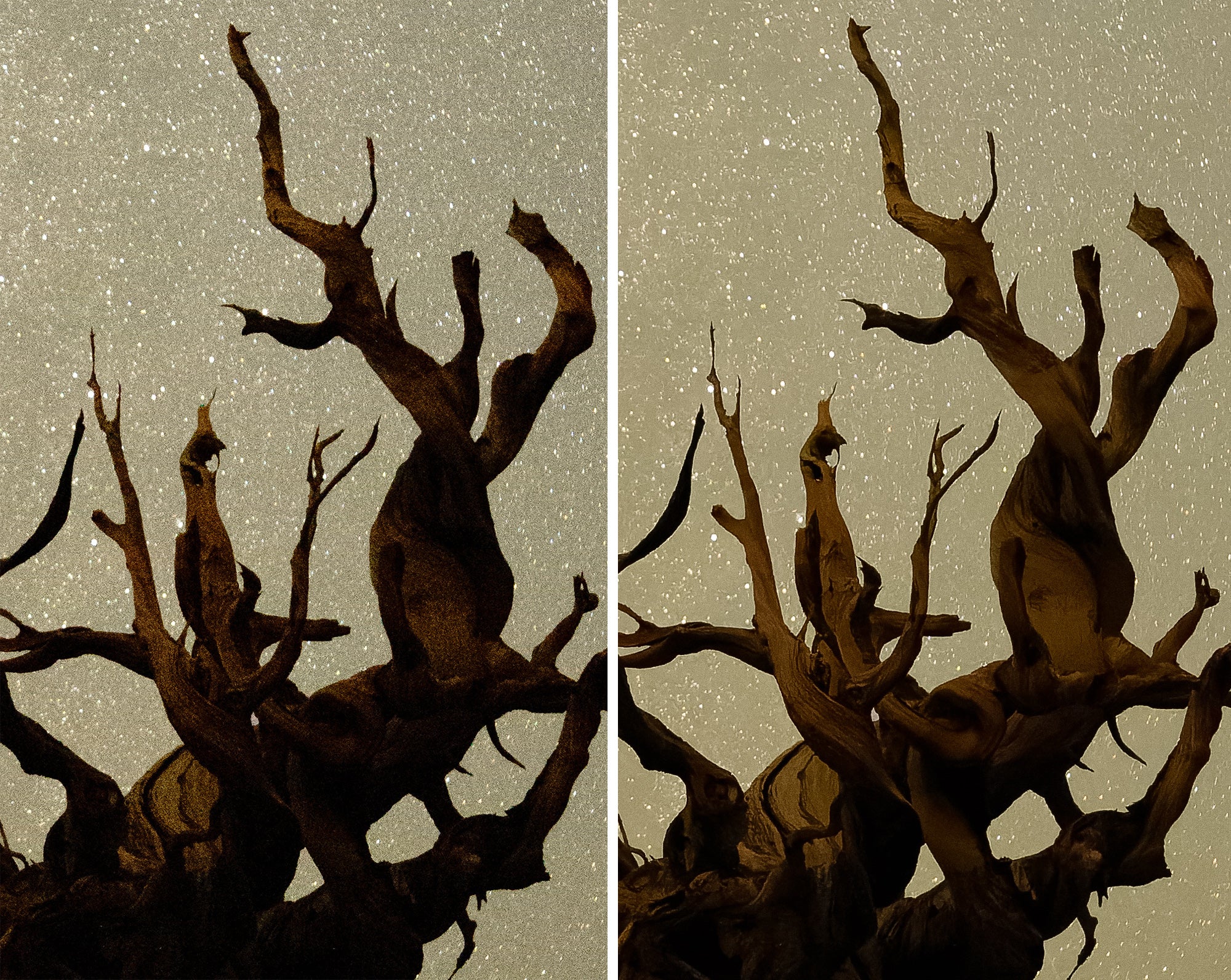
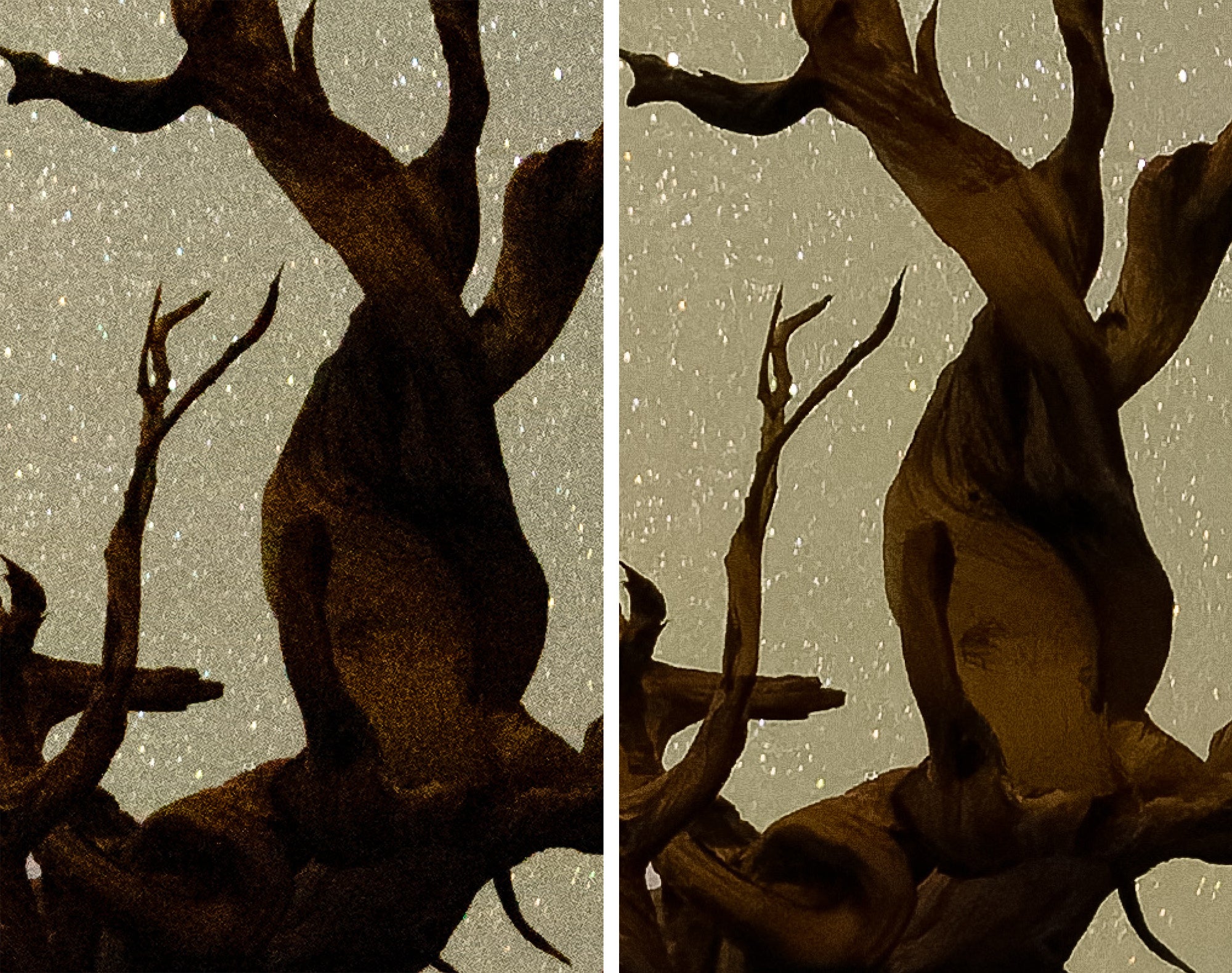
Processing Fujifilm Raw Files with PureRAW 2
As a Fujifilm camera owner, I was also happy to hear that PureRAW 2 has added support for Fujifilm's X-Trans Raw files. Transforming Lightroom can result in a "rough" appearance, especially in textured areas. Photographing autumn leaves, for example, often bothers me because, while the overall image looks good, at 100% zoom and closer, the pattern is very clear.

Lightroom has its own machine learning-based feature for reprocessing Raw files (in the dev console, choose Photo > Enhance), which improves the default look, but to my eyes the PureRAW version looks better, if only a bit sharper when viewed magnified .
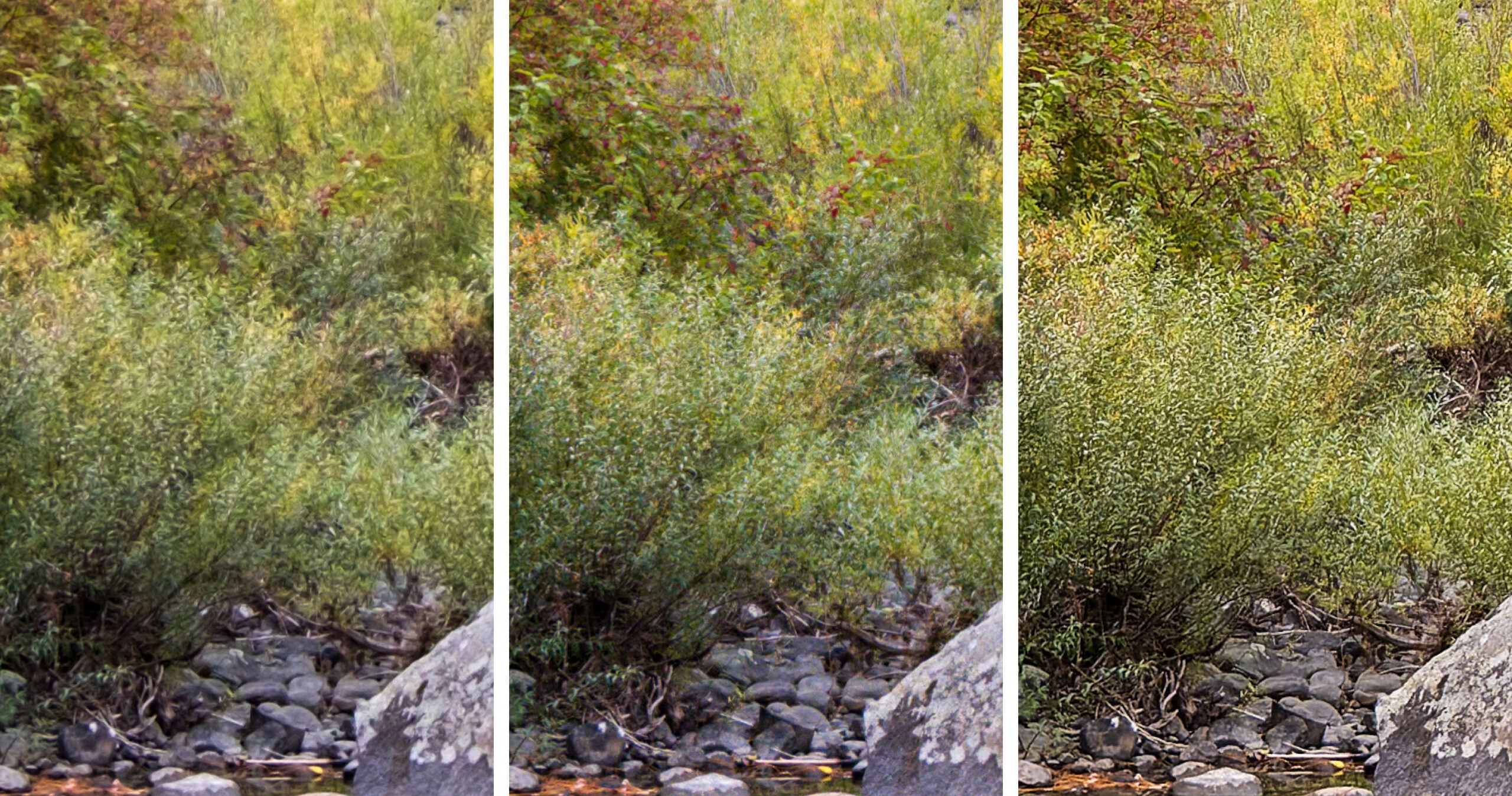
I also ran the same image with my Capture One 22, as it tends to handle Fujifilm Raw files well. Image is an improvement over Lightroom, but I still prefer the PureRAW output.
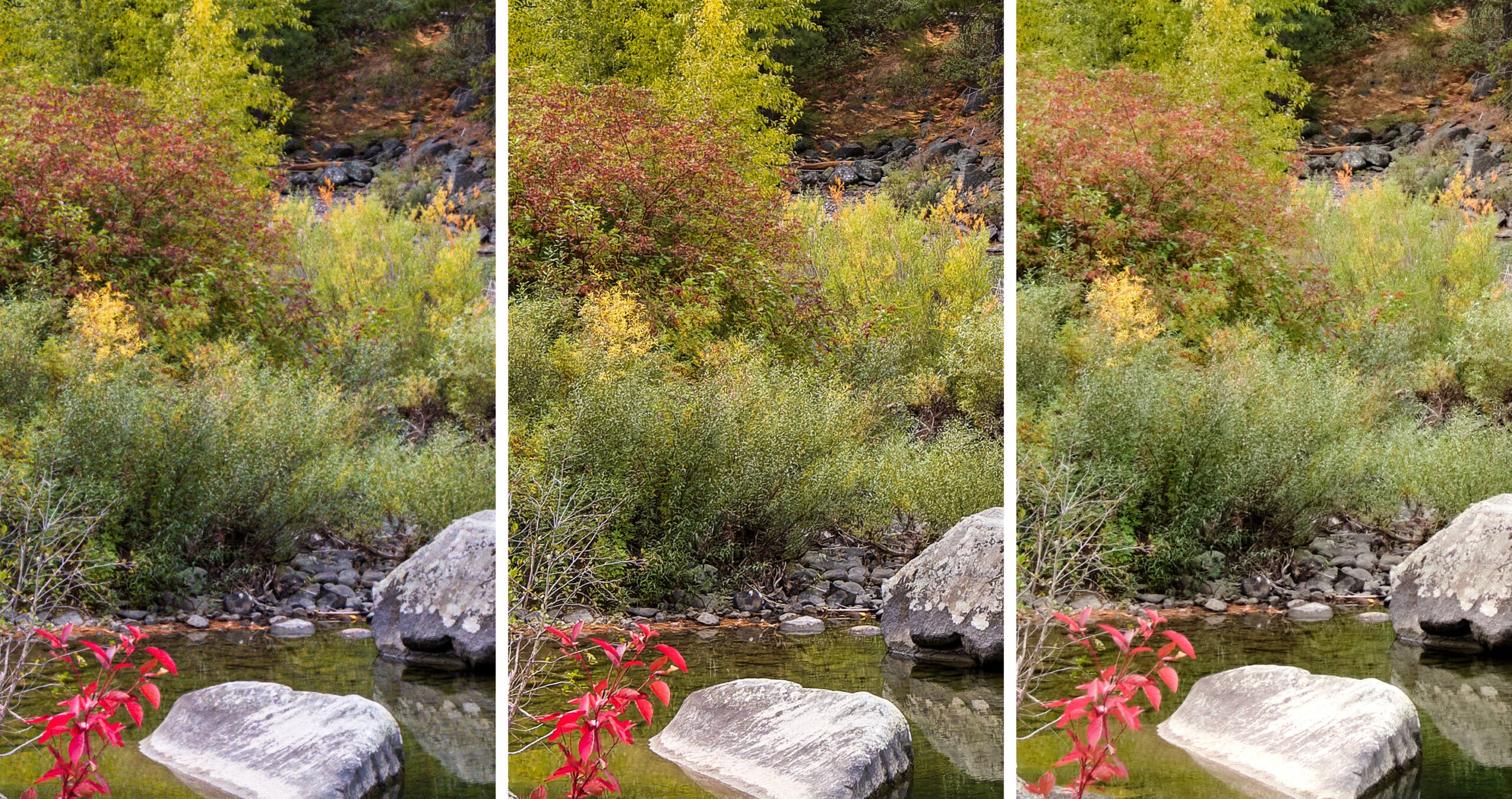
last thoughts
Since PureRAW deals only with the Raw translation stage, you can process images no matter what application you prefer to edit in. In my Lightroom Classic examples, I ran PureRAW as a plugin, which creates a new image saved in my Lightroom library. You can take turns running PureRAW 2 as a standalone application, processing your files, and then importing the resulting DNG images into the application of your choice or editing them individually.
One final note: DxO PureRAW 2 works with almost any Raw image available, with one notable exception, Apple ProRAW files. That's because ProRAW images, while sharing many of the editable properties of Raw files such as greater dynamic range, actually render when they are saved.
#Photography

Comments
Post a Comment